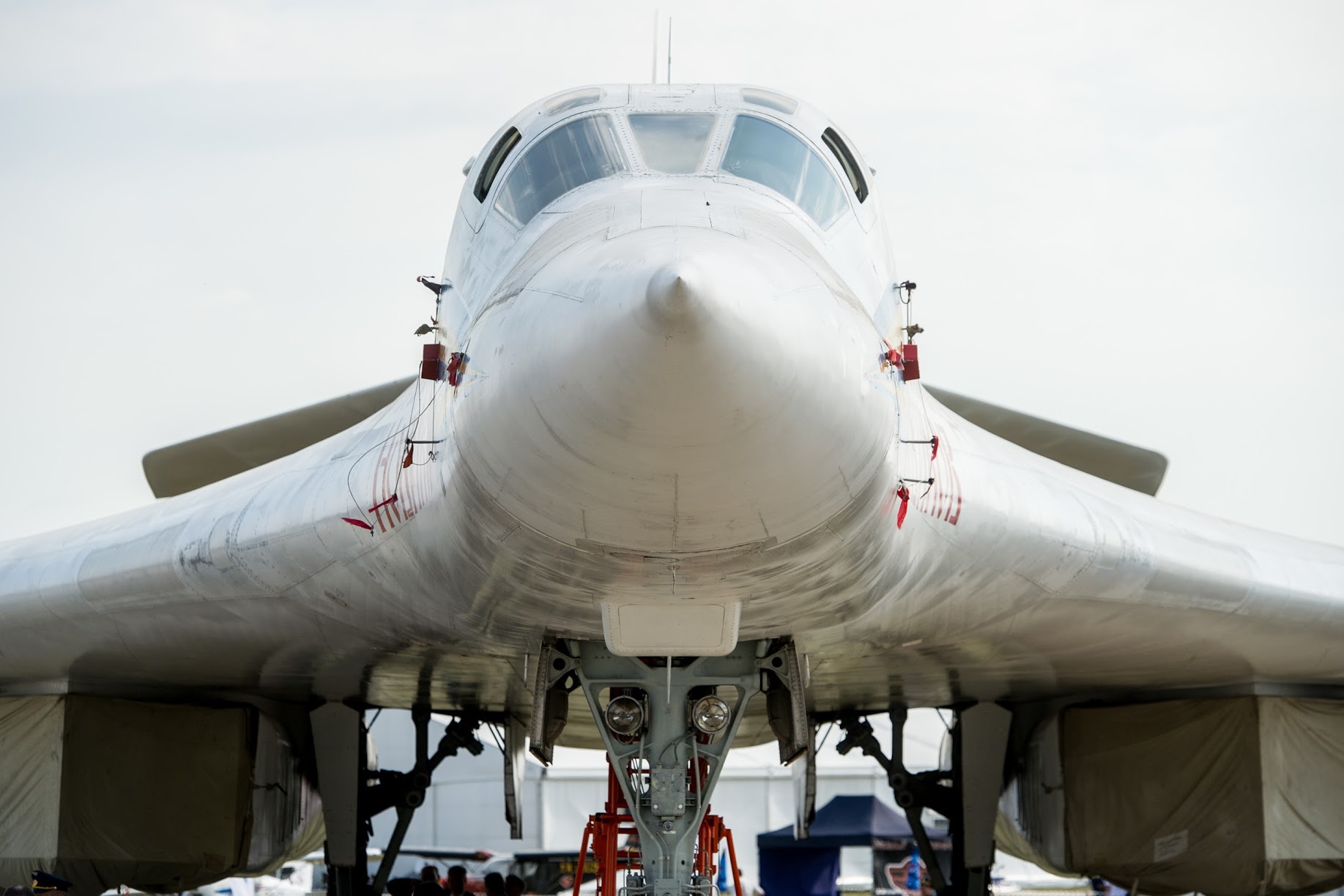
The inclusion of the United Aircraft Corporation (UAC) will enable Rostec’s aviation cluster to increase its revenue to 1 trillion rubles ($15 billion), and make the State Corporation join the ranks of the world’s leading aircraft manufacturers, says the Director of Rostec’s aviation cluster, Anatoliy Serdyukov.
Russia’s President, Vladimir Putin, signed a decree on the transfer of a 92.31% stake in UAC to Rostec on October 24. According to the signed decree, the process of merging the aircraft corporation with Rostec structures will take a year and a half. The inclusion of UAC in the State Corporation’s control loop will mean that the entire aircraft production chain can be combined into one, which will strengthen production cooperation between aircraft manufacturers and parts suppliers.
“For Rostec, integration with the UAC is a landmark moment. The share of the aviation cluster in the State Corporation’s overall revenue will be approximately 50% — around 1 trillion rubles. This means that the aircraft manufacturing unit will become the most powerful one in the State Corporation, and Rostec will be at the same level with the world’s leading aircraft manufacturers,” said the Director of Rostec’s aviation cluster, Anatoliy Serdyukov.
The total revenue of Rostec’s aviation cluster in 2016 was 534.7 billion rubles; for UAC it was 417 billion rubles. In line with the development strategy of the aviation cluster, it is planned to increase this indicator by an average of 14% per year in ruble terms until 2025. The new structure with a larger turnover will be more attractive to investors. Rostec’s other priority projects will include the creation of MS-21 medium-range aircraft—it is expected that about 55 billion rubles will be invested in this by 2025.
Rostec continues to implement a large-scale program for the development of the aviation cluster in accordance with the approved Strategy, the main objectives of which are to develop civilian production, improve operational efficiency, and gain access to global markets until 2025.

